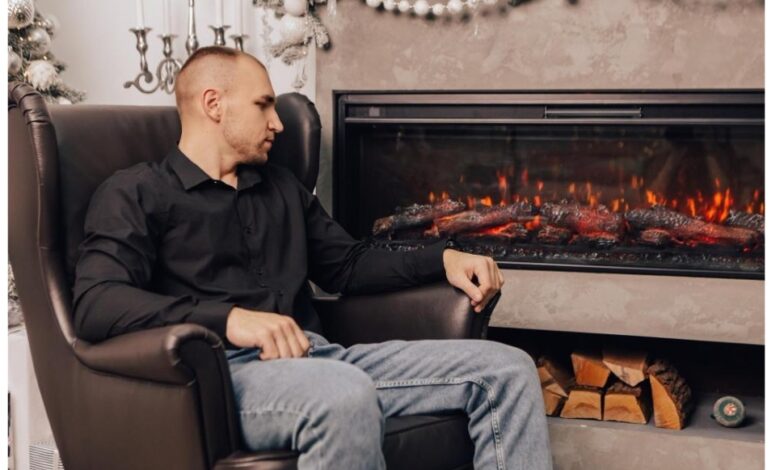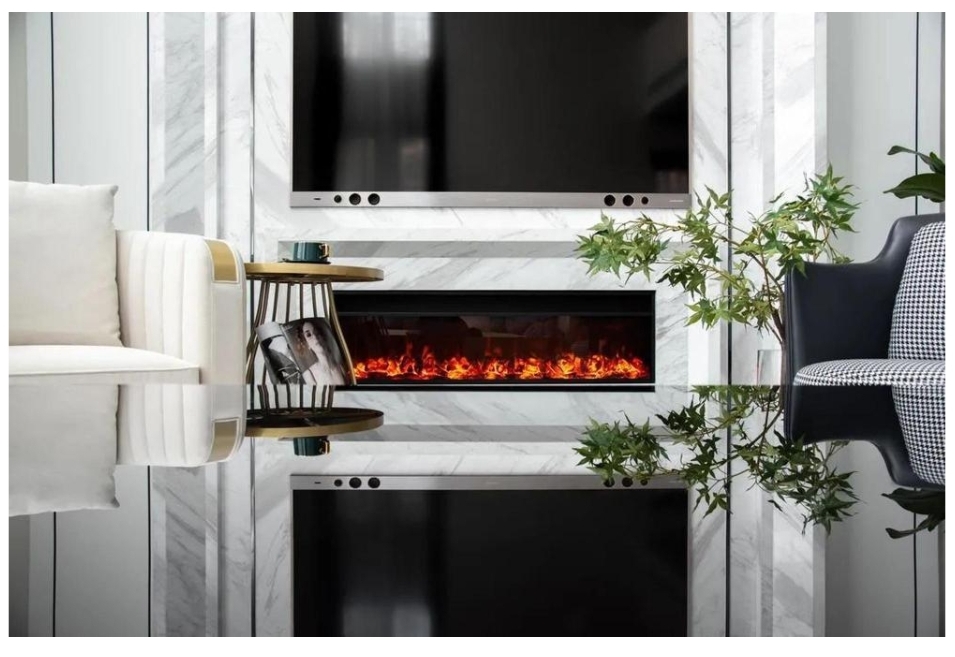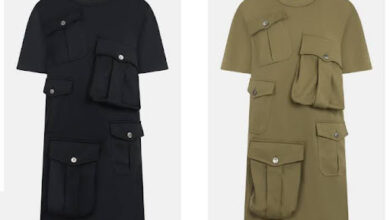Elevating Your Living Room: Design Trends for Heat & Aesthetic in 2025

Home design is no longer about choosing between beauty and practicality, it’s about merging both seamlessly. Nowhere is that more evident than in the modern living room, where technology, texture, and comfort meet. Today’s homeowners expect their spaces to look curated yet feel effortless; to be energy-efficient yet emotionally warm. One emerging element capturing that blend perfectly is the ventless gas fireplace, a sleek solution that provides both heat and atmosphere without the bulk or complexity of a traditional hearth.
As we step into 2025, interior design is being shaped by sustainability, personalization, and sensory experience. Let’s explore how these trends are transforming living spaces, and how warmth, in every sense of the word, remains central to them.
1. Seamless Design Integration
The modern living room has moved beyond rigid layouts. Open-concept spaces demand design elements that integrate rather than dominate, furniture that flows, lighting that blends, and fireplaces that complement rather than compete.
Ventless gas fireplaces fit naturally within this movement. They don’t require chimneys or flues, which allows architects and designers greater freedom to experiment with placement. Whether recessed into marble walls or framed by minimalist cabinetry, they act as subtle anchors, a focal point that adds character without clutter.
This integration-first approach extends to other details too: hidden wiring, built-in shelving, and invisible sound systems. The trend in 2025 is clear, elegance that hides its own complexity.
2. Eco-Luxury: Sustainability Meets Style
Luxury no longer means excess; it means refinement with responsibility. Homeowners are looking for ways to make their living rooms both sophisticated and sustainable. Energy-efficient heating, recycled materials, and natural fabrics are driving this shift.
Ventless fireplaces reflect that same philosophy, they burn clean, emit fewer particulates, and waste far less energy than older systems. Many run on natural gas or propane, producing efficient heat without requiring wood or extensive venting.
In 2025, sustainability and luxury will continue to converge. Expect to see living spaces defined by natural stone, reclaimed wood, and handcrafted décor that tell a story, not just of design, but of values.
3. Textural Warmth: The Rise of Tactile Interiors
The pandemic era taught many people the importance of “feeling at home.” Designers responded by emphasizing textures that evoke comfort: boucle fabrics, plush rugs, velvet upholstery, matte ceramics, and organic surfaces that invite touch.
In living rooms, that means pairing sleek elements (like a glass-front fireplace) with tactile balance, soft throws, linen cushions, or rough-cut wood. Layering different textures creates visual and sensory depth, turning a room into a retreat rather than just a showcase.
This “textural warmth” trend extends even to lighting and color palettes: soft, diffused illumination paired with warm neutrals, sandy beiges, and smoky taupes. The look is cozy yet elevated, lived-in luxury for real life.
4. Smart Comfort: Technology You Can’t See

The living room of 2025 is not just beautiful; it’s intelligent. From smart thermostats that learn your preferences to lighting that adjusts with natural daylight, homes are evolving into ecosystems of personalized comfort.
Fireplaces are part of this evolution. Many ventless gas models now include smart controls, you can ignite, dim, or schedule them via smartphone or voice assistant. Integrating heat into the larger smart-home system brings both energy savings and convenience, ensuring the space always feels just right.
But perhaps the most elegant thing about this new generation of technology is its subtlety. Wires are hidden, interfaces are invisible, and design comes first. The future of smart living isn’t about gadgets, it’s about harmony.
5. The Return of the Focal Point
Minimalism has dominated interiors for nearly a decade, but designers are starting to reintroduce focal points, bold moments that draw the eye without overwhelming the space.
Fireplaces have reclaimed this role beautifully. Whether it’s a linear ventless model stretching across a wall or a freestanding sculptural piece, fire continues to captivate. Its organic movement and warm glow naturally center a room, encouraging connection and conversation.
Other focal points for 2025 include oversized art pieces, statement lighting, and asymmetrical shelving, each designed to express individuality while complementing clean architectural lines.
6. Hybrid Living: Indoor-Outdoor Flow
More homeowners are blurring the boundaries between indoor and outdoor spaces. Large glass doors, extended patios, and integrated heating solutions make it easy to enjoy the ambience of the living room even in open air.
Ventless gas fireplaces are particularly well-suited to these transitional spaces because they don’t require venting infrastructure. They can be installed in covered terraces, sunrooms, or semi-outdoor lounges, offering warmth and atmosphere wherever people gather.
This fluid design concept, where nature becomes an extension of the home, will continue to define architecture and lifestyle choices well beyond 2025.
7. Personalized Wellness Through Design
Finally, the most important design trend of all: wellness. The home is becoming a sanctuary for mental and emotional balance. Soft lighting, clean air, ergonomic furniture, and natural materials all contribute to a sense of calm.
Fire and light, both primal comfort sources, play a huge part in this environment. The rhythmic flicker of a fireplace creates a meditative focal point, while gentle heat promotes relaxation. Combined with biophilic elements like plants, natural light, and sound-absorbing textures, these details support a healthier, happier home life.
Living rooms are evolving, from static spaces into dynamic reflections of how we live, rest, and connect. The design trends of 2025 emphasize warmth in every form: visual, tactile, emotional, and environmental.
By integrating sustainable heating, rich textures, and intelligent design, homeowners can create spaces that nurture both comfort and conscience. And with innovations like the ventless gas fireplace leading the way, the heart of the modern home will continue to glow brighter, proving that true warmth is timeless.


